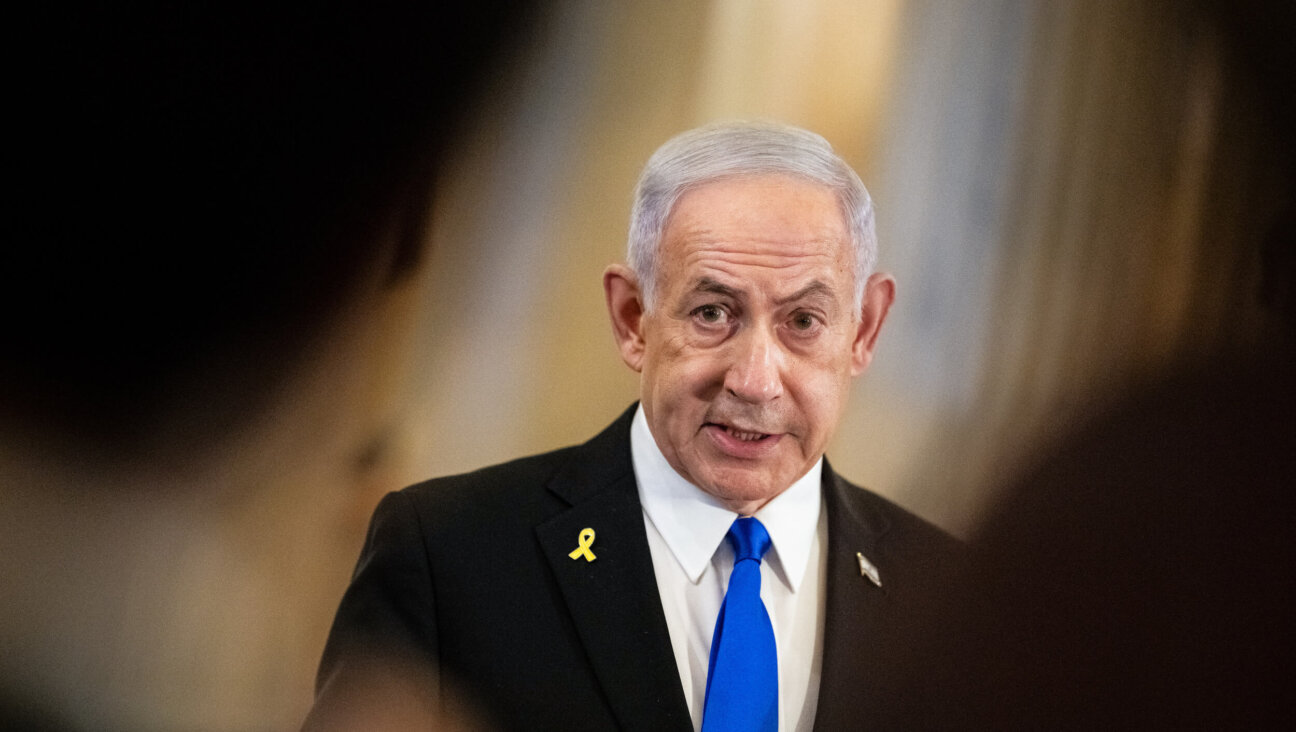Ill UJC Needs Second Opinion
The ineffectiveness and torpor that pervades United Jewish Communities offers little comfort to those of us who were concerned and had misgivings about the overreaching and overly ambitious attempt to create a single entity that would be responsible for community services, resource development and allocations. Our federated system needs a central, collaborative and collective entity that, unlike UJC, acknowledges the federations in its very name.
To know where to go and how to get there, it is necessary to know from whence our federated system came.
There were two primary motives for creating UJC, which merged the Council of Jewish Federations, United Israel Appeal and United Jewish Appeal: power and control.
The UJA, which had been seeking to absorb CJF for at least 25 years, was experiencing flat campaign income after the Gulf War and the prospect of peace in Israel, and believed that greater, direct influence with federations would turn the tide. In 1994 UJA and CJF began talks aimed at a closer working relationship. Three years and hundreds of thousands of dollars later, they initiated a “Joint Operating Partnership,” which was rejected as not being sufficiently inclusive of UIA and its authority with regard to the Jewish Agency for Israel.
In May 1998, 12 large city federation executives and their presidents met and sent a letter to both CJF and UJA to “achieve the same structural unification nationally that existed in each federation locally…. We urge you to announce your intentions to effect this merger by January 1, 1999.”
The large-city executives sold the merger to other federation leaders by promising that the federations would become the “owners” of the new national entity and thereby determine the budgets of UJA, UIA and CJF. In federations, community planning and budgeting are the prime movers, while campaigns are the tools to implement planning decisions.
In addition, the allocation of funds for the Jewish Agency and American Jewish Joint Distribution Committee would be controlled fully, as the large-city federations already had the largest single bloc of votes in the UIA. The national operating budget was approximately $42 million, $12 million going to CJF’s budget and about $30 million going to UJA’s budget. The budget of UIA, which was pressured to enter the merger, was under $2 million.
To reduce both dues and allocations was a necessity for the federations. Negotiations began, with all parties consulted, but agreement for shared space proved to be more easily achieved than the official birth of United Jewish Communities.
The resultant UJC, officially incorporated and voted upon in November 1999, was immediately pressured to reduce the budget. And cut costs it did, by slowly removing or encouraging CJF personnel to leave, and by downsizing UIA to half of its budget. Yet throughout the cost-cutting measures, UJA — which remains unsurpassed in its ability to activate the federation system to raise funds in times of crisis — retained its overall structure and most of its personnel. By 2002, the combined budget of UJC had ballooned to $50 million. So much for control.
Control also seems to have been lost at UJC with regard to its mission. In its drive to be the central address of American Jewry, UJC overly focused on issues around which it could rally support — and funding — while marginalizing the organizations whose impact is most felt outside of big cities.
Israel-related issues are addressed in both the Overseas Needs and Assessments Committee and Israel/Overseas Pillar, but the religious movements have found themselves without a prominent voice in UJC.
The UIA, which was effectively marginalized by the merger, was the most representative of the American Jewish community of the three organizations that merged into UJC. At no time in their history did UJA or CJF play a role comparable to that which the Conference of Presidents of Major American Jewish Organizations has filled since 1954. As the voice of religious, Zionist, national membership and defense organizations, the Presidents Conference represents the largest number of American Jews, more than 3 million. By comparison, UJC includes less than 900,000 donors to the federation movement.
But beyond the disparate numbers of American Jews that the organizations represent, it is easy to wonder: If the existing UJC is unable to manage its own agenda, how much more unqualified is UJC to fill the more sensitive, focused and specific mandate of the Presidents Conference? I ask this question as a past chairwoman of the Presidents Conference.
As just one example of the complexities facing North American Jewry’s umbrella body, how does an organization that includes Canadian Jewry speak via the Washington Action Office to the White House or Congress? On behalf of whom, Canadians who are not American citizens? And do the Canadians have to agree?
UJC and its participants should have a clear and open discussion with the “owners” who wrote the initial letter that led to UJC’s creation and the current owners and board members. A forum should be created in which all are able to speak freely, without fear of rebuke — an internal discussion as to the effectiveness or ineffectiveness of the component parts of this multi-headed hydra.
As one who appreciates and supports the necessity and vitality of our federation system, as well as an ardent Zionist who wishes to preserve our symbiotic relationship with Israel in times of peace as well as war, I recognize that UJC is quite ill. My fear is that the proposed prescriptions might render the patient terminal before we can rescue the healthy, vibrant and effective organs.
Shoshana Cardin, a member of the United Jewish Communities board of trustees, is a former president of the Council of Jewish Federations and a former chairman of the Conference of Presidents of Major American Jewish Organizations.





















